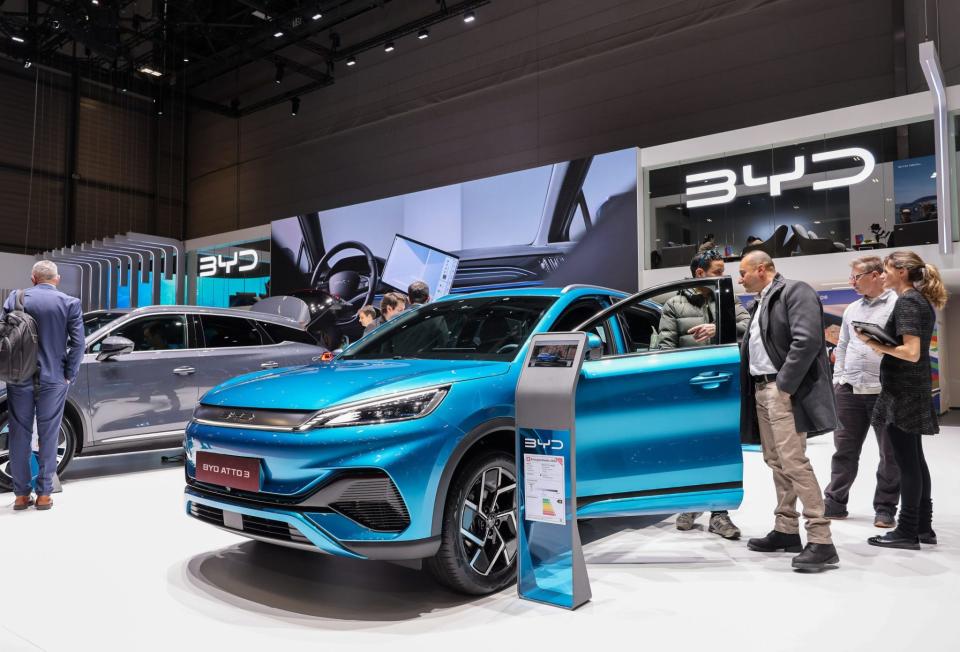Australia is showing us what happens when Tesla-beating BYD faces no tariffs and is free to grow

BYD has proven itself to be a force in the automotive world, first overtaking Tesla in China and, more recently, in electric-vehicle sales globally. But its EVs have not flooded the U.S., where protectionist trade policies have kept them at bay.
So how would China’s top carmaker fare in America if free to roam? That’s anyone’s guess, but Australia might offer some insights.
Down Under, BYD faces no tariffs. Australia has no domestic carmakers to protect. The current government has heavily promoted the adoption of electric vehicles since coming to power in 2022. In other words, little is hindering BYD—and it’s growing quickly.
After entering the market in 2022, BYD now has 14% of Australia’s EV market, reports Reuters. Tesla leads at 53%, but it’s had a big head start, having launched sales Down Under in 2014.
Tesla CEO Elon Musk knows what he’s up against. Last year, he admitted that BYD cars are “highly competitive these days” after a 2011 video resurfaced showing him laughing them off at the time.
BYD, backed by Warren Buffett’s Berkshire Hathaway, watched its sales in Australia grow sixfold last year to over 12,000 vehicles. And it’s moving quickly to grab more market share. This year, it will double the number of models it sells to six, adding a pickup truck and two SUVs to the current lineup (a sedan, a hatchback, and an SUV). Its distributor in Australia, EVDirect, will nearly double the number of its dealerships over the next year and a half, with plans to add 30 more.
"The opportunity is very clear," EVDirect CEO David Smitherman told Reuters.
Australia is an exception
By contrast, the picture is murkier for BYD in the U.S., where lawmakers have warned about Chinese EVs flooding the market and hurting domestic automakers. Currently in America, made-in-China EVs are subject to a 25% tariff, which goes atop a 2.5% tariff on imported cars.
Last month, the Biden administration opened an investigation into security threats posed by Chinese EVs, saying the vehicles could gather sensitive information about drivers.
“China is determined to dominate the future of the auto market, including by using unfair practices,” said President Joe Biden. “China’s policies could flood our market with its vehicles, posing risks to our national security. I’m not going to let that happen on my watch.”
Australia’s government has given no indication that it has similar security concerns.
The EU has so far been less protectionist than the U.S. regarding Chinese EVs, but the European Commission, which is conducting a probe, said this week it’s found evidence that they’re being unfairly subsidized. Should the full investigation back that assertion, Chinese EVs could be hit with retroactive tariffs. EU regulators, with that in mind, today began customs registration of Chinese EVs.
But Down Under, little stands in the way of BYD and rival Chinese EV makers. Indeed, diplomatic relations between Canberra and Beijing have recently improved, and BYD vehicles are an increasingly common sight on Australian roads.
This story was originally featured on Fortune.com

 Yahoo Finance
Yahoo Finance 